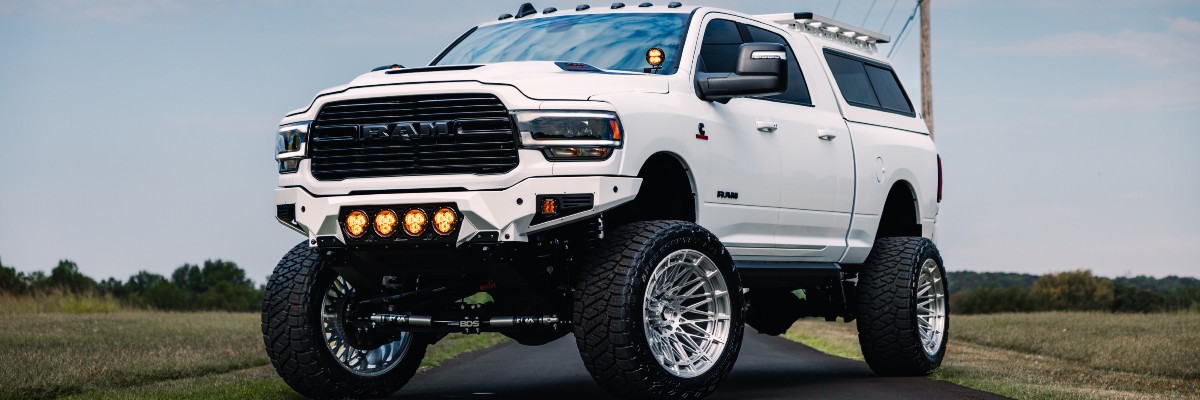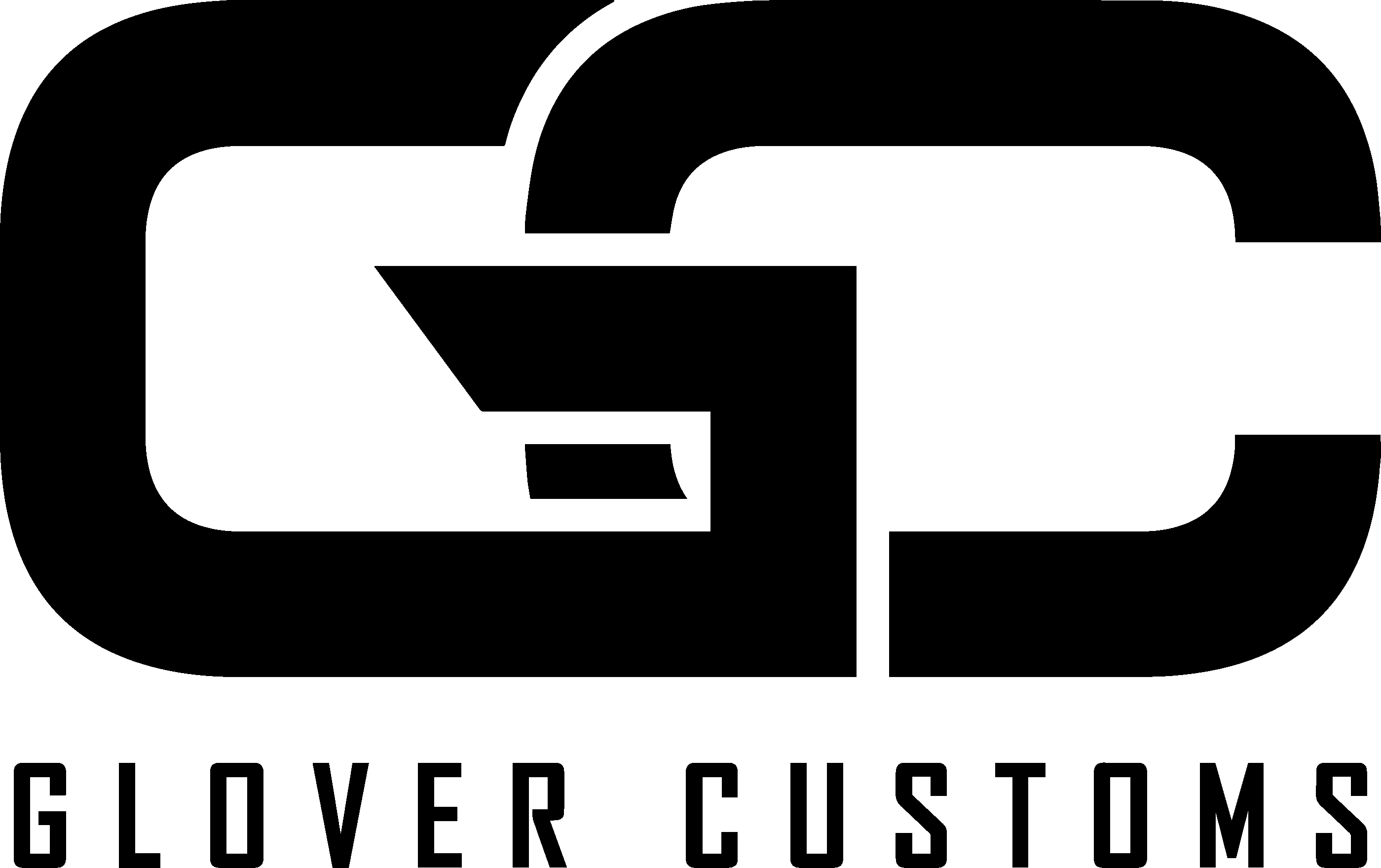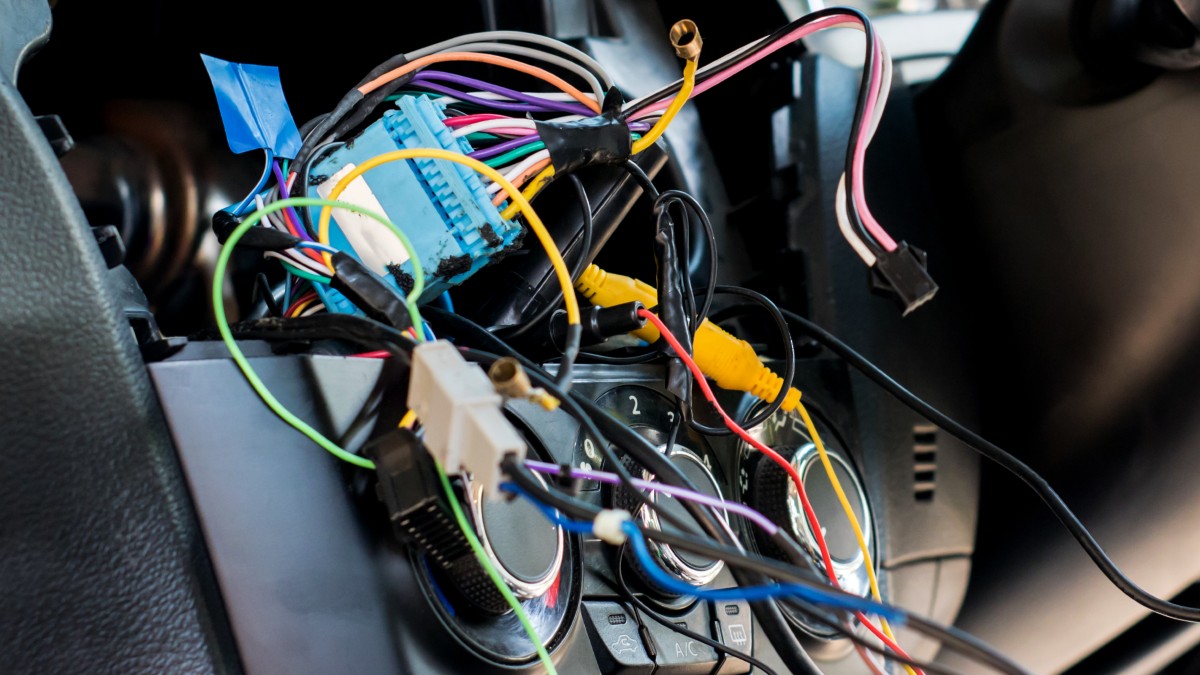Sometimes there are unforeseen consequences for the actions we take. This is true in life, but it’s also true in automobile customization. If you’re anything like us, we love to go wild with aftermarket upgrades and truly build dream vehicles. That means a lot of our builds are decked out with light bars, winches, communication gear and other electronic components that bring the whole vibe together. These things enhance the utility and off-road capability of your vehicle, but if you’re not careful you can end up with incredibly messy electrical systems that can be overwhelming and are, unfortunately, prone to failure.
While your custom build probably has a lot of aesthetics that you like and chose for yourself, a mess of criss-crossing wires, overloaded circuits and unreliable connections most likely weren’t among them. Not only that, but they’re potentially dangerous, so today we’re going to make sure you understand the issues that might arise before diving into how to tidy up your Jeep’s aftermarket electronics.
Potential Problems of Messy Electrical Systems
Here are just a few of the potential problems that could arise from having a messy electrical system in your Jeep:
- If your system features a bunch of loose or tangled wires, they can become damaged or disconnected while off-roading.
- If you’ve installed multiple aftermarket electronics on your Jeep, but didn’t consider the amperage and distribution that they require, you might be straining your electrical system which can lead to blown fuses.
- If you have a messy electrical system, it’s just as likely that some of your components were installed improperly, which can lead to unreliable connections and certain parts may fail just when you need them the most.
- Malfunctions, expensive repairs and even fire hazards can all be caused by a messy electrical system, so it’s better to make sure your system is as tidy as possible.

How to Use Switch Panels
One of the most effective ways to organize and control a multitude of aftermarket accessories is by installing a switch panel. Instead of having multiple, individual toggle switches scattered all over your dashboard and center console, you can have a single, centralized switch panel that consolidates all of your controls into one neat and easy-to-use interface.
Why are they essential?
- Simplifies Operation. Having a clean panel allows you to control all of your light bars, winches and other accessories in one place, reducing both clutter and confusion within the cabin.
- Streamlines Wiring. By having a single panel for everything to connect to, you no longer need to run wires all over your Jeep, keeping installation nice and tidy.
- Customizable & Expandable. A lot of switch panels out there will allow you to add more accessories as you upgrade your Jeep over time, so there’s no fear of running out of room.
Glover Customs Pro Tip — Make sure you opt for a switch panel that’s both waterproof and dustproof if you intend to take your vehicle off-roading, as these features will provide extra durability on tough trails.
How to Use Relays
If you’re going to be adding a lot of high-current devices to your vehicle, such as those aforementioned light bars or a heavy-duty winch, you’ll definitely want to consider using a relay as it becomes a must-have component to prevent your vehicle’s electrical system from becoming overloaded. A relay acts like a switch that allows low-current circuits like your dashboard controls to control those high-current devices.
Why are they essential?
- Protect Your Circuits. Adding a relay prevents any of those high-current accessories you add from overwhelming your Jeep’s electrical system, preventing damage to wiring and components.
- Enhance Performance. Since the relay is able to deliver consistent voltage to your accessories, it naturally ensures reliable operation of all your components even during heavy use.
- Improve Safety. You can also operate your vehicle with better peace of mind by adding a relay, as its regulation of the flow of electricity in turn reduces the risk of overheating and electrical fires.
Glover Customs Pro Tip — Opt for high-quality automotive relays that are designed for rugged environments if you’re building an off-road vehicle.
How to Use Fuse Boxes
The third and final way to tidy up your aftermarket electronics is by adding a fuse box. It’s the heart and soul of a clean electrical setup as it gives you a centralized fuse to group all of your circuits together in one place, preventing the need to add inline fuses for each and every accessory you add. This makes installation, maintenance and troubleshooting all so much easier.
Why are they essential?
- Centralized Protection. Both short circuits and overloading are prevented by adding a fuse box to your build, as it’s capable of automatically cutting power in the event that something goes wrong.
- Simplified Maintenance. Even with a clean setup, things can happen, but if an accessory stops working while you have a fuse box, you can quickly identify and replace the blown fuse without hunting through a maze of wires.
- Professional Look. While this might not be high on a lot of Jeep enthusiasts’ lists, another side effect of a well-organized fuse box is giving your electrical system a polished, professional appearance.
Glover Customs Pro Tip — Choose a fuse box with more slots than you plan to use so that it can accommodate future upgrades you haven’t thought of yet!
We hope that all of this information has helped you in your electrical upgrade adventures. If you still have questions or would like advice on what to get, don’t hesitate to reach out to us right here at Glover Customs!



